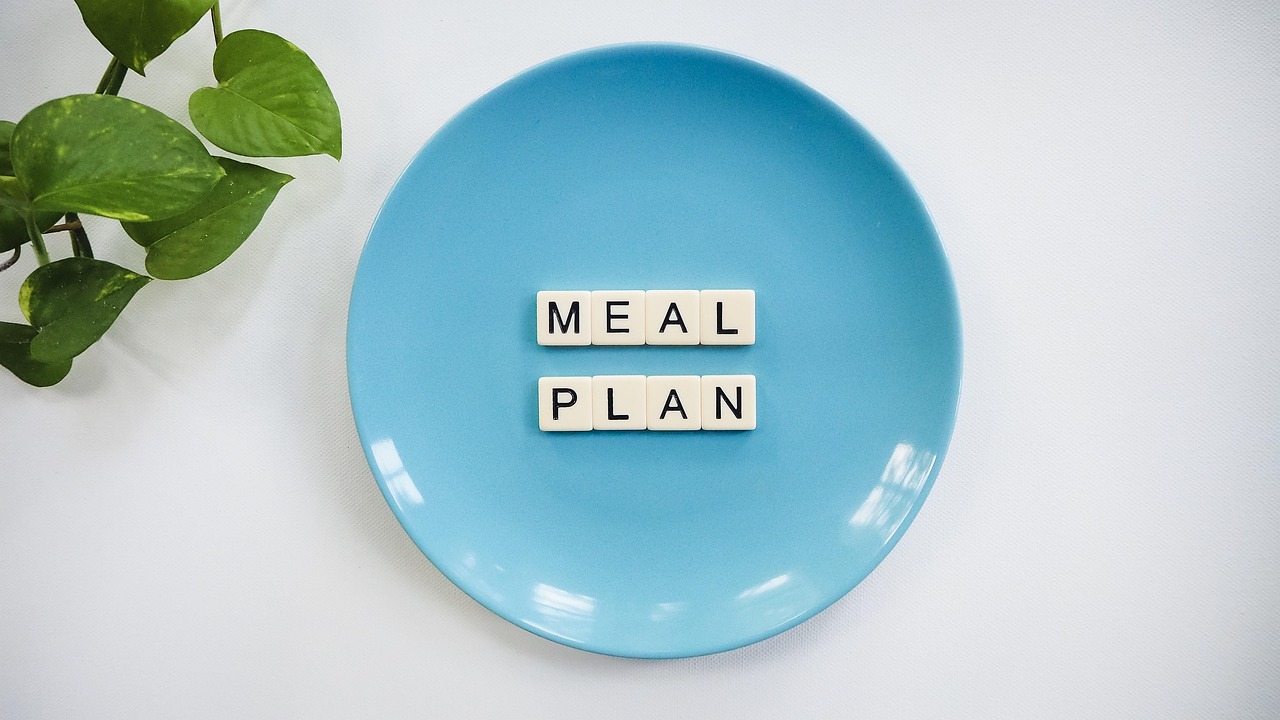It’s 7 PM, you’re exhausted, and the fridge is full—but somehow, there’s nothing to eat. You scroll through food delivery apps, wondering how your “healthy groceries” never seem to turn into actual meals. The guilt of wasting food mixes with the frustration of spending too much on takeout.
If this sounds like your life, you’re not alone. The struggle of meal planning is real. Many of us start with the best intentions, only to end up overwhelmed, frustrated, and back to last-minute dinners. But here’s the good news: understanding why meal planning feels hard is the first step to making it easier.
Why Meal Planning Feels Like a Battle
Meal planning sounds simple—pick meals, buy groceries, cook—but in reality, it’s a mental and emotional challenge. If you’ve tried and given up, you probably faced one (or all) of these struggles:
1. Decision Fatigue
After a long day of work or managing family life, deciding what to eat feels impossible.
Every meal comes with a mini checklist:
- What should I cook?
- Do I have the ingredients?
- Will anyone actually eat this?
By dinner, your brain is tired of making decisions, which is why takeout often wins.
2. Time Pressure
Life is busy. Between work, errands, and kids’ schedules, spending hours cooking and prepping meals feels unrealistic. By the time dinner rolls around, the energy to cook is gone.
3. Grocery Shopping Stress
Even with a plan, things go wrong:
-
The store is out of a key ingredient
-
You forget something essential
-
Fresh produce spoils before you use it
Suddenly, your carefully crafted plan is derailed.
Relatable moment: Have you ever bought a bag of spinach with good intentions, only to throw it away a week later? That’s the reality of poor meal planning.
4. Repetition and Boredom
Eating the same meals week after week drains your motivation. Meal planning should make life easier, but without variety, it starts to feel like a chore.
Meal Planning Made Simple
If you’re new to meal planning, think of it as creating a roadmap for your meals. Instead of stressing every evening, you know exactly what’s on the menu.
Here’s a 4-step starter method:
-
Pick Your Meals – Choose meals for just 2–3 days to avoid overwhelm.
-
Make a Grocery List – Write down only what you need to avoid food waste.
-
Shop and Prep – Wash, chop, or cook basic items like rice or chicken in advance.
-
Follow the Plan – Stick to it, but allow room for flexibility.
Quick 2-Day Meal Plan Example
Here’s a simple plan to get started:
| Meal | Day 1 | Day 2 |
|---|---|---|
| Breakfast | Overnight oats w/ berries | Scrambled eggs & toast |
| Lunch | Grilled chicken salad | Veggie quinoa bowl |
| Dinner | One-pan stir fry | Baked salmon w/ rice |
Notice how ingredients like chicken, rice, and veggies overlap to save time and money.
Tips to Make Meal Planning Stress-Free
Meal planning doesn’t need to be Pinterest-perfect. Here’s how to make it realistic and sustainable:
1. Start Small
Don’t plan seven days right away. Begin with 2–3 days and build from there.
2. Use Core Ingredients
Choose versatile foods that work in multiple meals:
-
Chicken – Grill, bake, or toss into salads
-
Rice/Quinoa – Serve in bowls or stir-fries
-
Vegetables – Roast, stir-fry, or blend into soups
3. Batch Cook Wisely
Cook foods that store well and can be reused in different ways:
-
Rice or quinoa
-
Roasted veggies
-
Grilled chicken or beans
-
Soups or stews
This ensures your fridge always has a ready-to-go base for meals.
4. Rotate Your Favorites
Keep a list of 5–7 meals your family loves. Rotate them weekly and add one new recipe occasionally to avoid burnout.
Benefits of Meal Planning
While the struggle of meal planning is real, the benefits are life-changing:
-
Saves Time: Less last-minute scrambling.
-
Saves Money: Fewer takeouts and less food waste.
-
Reduces Stress: Dinner becomes a routine, not a panic.
-
Promotes Health: Planned meals are typically more balanced.
Common Mistakes to Avoid
Many people quit meal planning because they fall into these traps:
-
Overplanning – Trying to plan 21 meals in one go is overwhelming.
-
Being Inflexible – Life happens; always keep backup meals like frozen pizza or pasta.
-
Skipping Prep – Even 15 minutes of chopping veggies saves hours later.
Quick FAQs About Meal Planning
Q: How can I meal plan on a tight budget?
Stick to seasonal produce, buy versatile staples like rice and beans, and plan meals around what’s on sale.
Q: How do I meal plan for picky eaters?
Include at least one “safe” food per meal and let picky eaters assemble their own bowls or wraps.
Q: Can meal planning help with weight loss?
Yes! Planned meals prevent impulsive eating and make it easier to control portions.
Q: What’s the easiest way to start if I hate cooking?
Use simple meals with minimal prep—think wraps, grain bowls, overnight oats, or slow-cooker dishes.
Final Takeaway
The struggle of meal planning is real, but it doesn’t have to stay that way. Start small. Pick one or two meals to plan this week. Batch cook a simple ingredient like chicken or rice, and notice how much smoother your evenings feel.
Meal planning isn’t about perfection—it’s about making life easier, one meal at a time.





